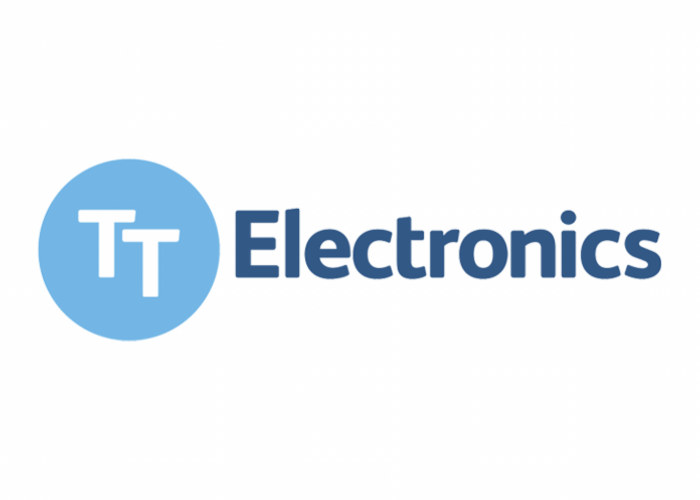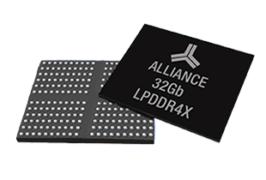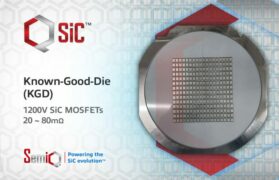It’s no secret. When it comes to vehicles, the future is electric. In fact, what once seemed like an elusive luxury is now becoming the standard in automotive manufacturing. Many automakers are looking to join the likes of Tesla and have committed to developing more cost-effective EV options and increasing the size of their EV fleet. For example, Ford has announced its initiative to produce more than two million electric vehicles by 2026 and Volkswagen has invested $193 billion into their plans to support the goal of making every fifth vehicle sold electric by 2025.
With the rise of electric vehicles on the roads comes the need for more charging infrastructure. In 2022, the United States introduced a nearly $5 billion investment into EV charging stations that will be put into place over the next five years. However, building the charging infrastructure is only part of the challenge –reducing the amount of time to fully charge is the other.
There are currently three charger types and speeds:
- Level 1 chargers are commonly found in residential areas with a 120-volt AC outlet. For Battery Electric Vehicles (BEV), it can take 40-50+ hours to charge from empty to 80%. Plug-in Hybrid Electric Vehicle (PHEV) can take 5-6 hours.
- Level 2 offers higher-rate AC charging through 240V in residential applications or 208V in commercial applications. This is the common equipment for homes and public charging stations.
- Direct Current Fast Charging (DCFC) offers rapid charging at heavy-traffic stations such as grocery stores and gas stations, with 400 V to 1000 V DC, and 20 minutes to one hour for a full BEV Charge.
No matter the charging speed, a critical element of the charging process is regulating the heat generated due to the battery charging current. Failure to regulate the heat, can cause the battery to overheat and potentially result in catastrophic failure or fire. This is where resistors come in.
Current Sense Resistors are a reliable and cost-effective solution for current control, which in turn controls the generation of heat in the vehicle battery while charging. One manufacturer, TT Electronics, has a wide range of current sense resistors that can be utilized in battery management systems.
“It is, of course, critical to have the right resistor technology, rating and value,” said Stephen Oxley of TT Electronics. “But what is sometimes less understood is the need to consider secondary factors – like reliability, surge performance and consistency, and safety in the event of excessive overload.”
As accessibility to EV charging has increased, charging stations have begun to pop up everywhere, including gas stations and popular destinations on major highways, which are often exposed to the elements. This is where wire wound resistors come in.
“Wire wound resistors in ceramic cases, like TT Electronics’ AEC-Q200 qualified WPRT Series, were once used only in industrial applications,” said Oxley. “But these resistors have found a new lease on life in battery management systems for electric vehicles due to their high surge and overload tolerance, safe and flameproof construction, and high reliability.”
Wire wound resistors offer critical transient protection from hazardous surges caused by lightning strikes, where up to 14,000-volt surges can occur. According to Oxley, TT Electronics’ axial leaded power wire wound resistors have been developed to meet these demanding specifications.
“In addition to standard products, TT Electronics has the unique flexibility to provide custom solutions that meet the specific requirements of applications,” said Oxley. “With the EV landscape rapidly evolving, it can be tricky for designers to select the right resistor for their applications, something with which TT Electronics can certainly help.”










